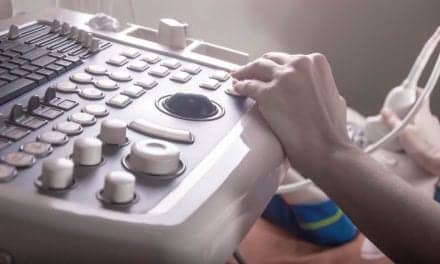By Aine Cryts
Radiologists have a valuable role to play in advising referring physicians to minimize pregnant women’s exposure to radiation, Rebecca Smith-Bindman, MD, professor of radiology, epidemiology, and biostatistics at University of California at San Francisco, tells AXIS Imaging News. She’s co-author of a study about trends in medical imaging during pregnancy, which was published in JAMA Network Open.
Here’s why radiologists should embrace that role: The study found that the rates of CT scans increased nearly four-fold in the United States and doubled in Ontario, Canada, during the large, multi-center study that spanned 21 years. It was the first-ever large, multi-center study to look at the amount of advanced imaging that occurs during pregnancy. The study, which started in January 1996 and concluded in December 2016, included nearly 3.5 million pregnancies in more than 2.2 million women.
The study co-authors note that the use of CT started to decline in the United States in 2007, but the use of CTs among pregnant women continued to increase in Ontario. “Most pregnant women get routine ultrasound to monitor fetal growth, which delivers no ionizing radiation,” said co-author Diana L. Miglioretti, PhD, a biostatistics professor at University of California, Davis, in an announcement. “But occasionally, doctors may want to use advanced imaging to detect or rule out a serious medical condition of the expectant mother, most often pulmonary embolism, brain trauma or aneurysm, or appendicitis.”
Imaging with CT has grown significantly over the study years, Smith-Bindman observes. “Most of these CTs will expose the developing fetus to radiation in the range [that] will cause cancer in some patients,” she says.
The co-authors observed a “shift in imaging practice patterns over the past 10 years in the direction of tempering exposure to imaging procedures involving ionizing radiation in support of other modalities.” Smith-Bindman attributes that trend to the growing recognition that radiation emitted from CT can be harmful.
Smith-Bindman recommends the use of ultrasound and MRI as the first line of testing for pregnant women. She calls on radiologists to be vigilant about putting systems in place to ensure CT use in pregnant women is “absolutely justified.” Radiologists can help by providing information to referring physicians about “when to image, when not to image, and how to use the best evidence to guide imaging,” Smith-Bindman tells AXIS. “There’s no area where this is more important than [with the] imaging of pregnant women.”
Aine Cryts is a contributing writer for AXIS Imaging News. Questions and comments can be directed to chief editor Keri Forsythe-Stephens at [email protected].






